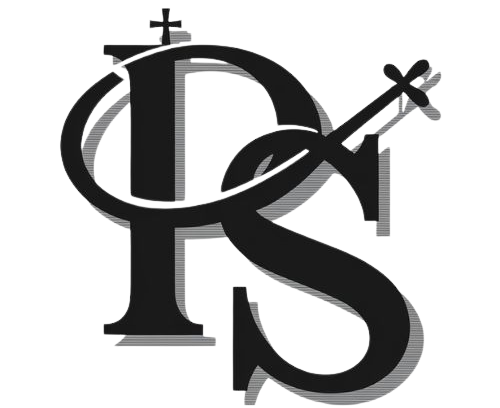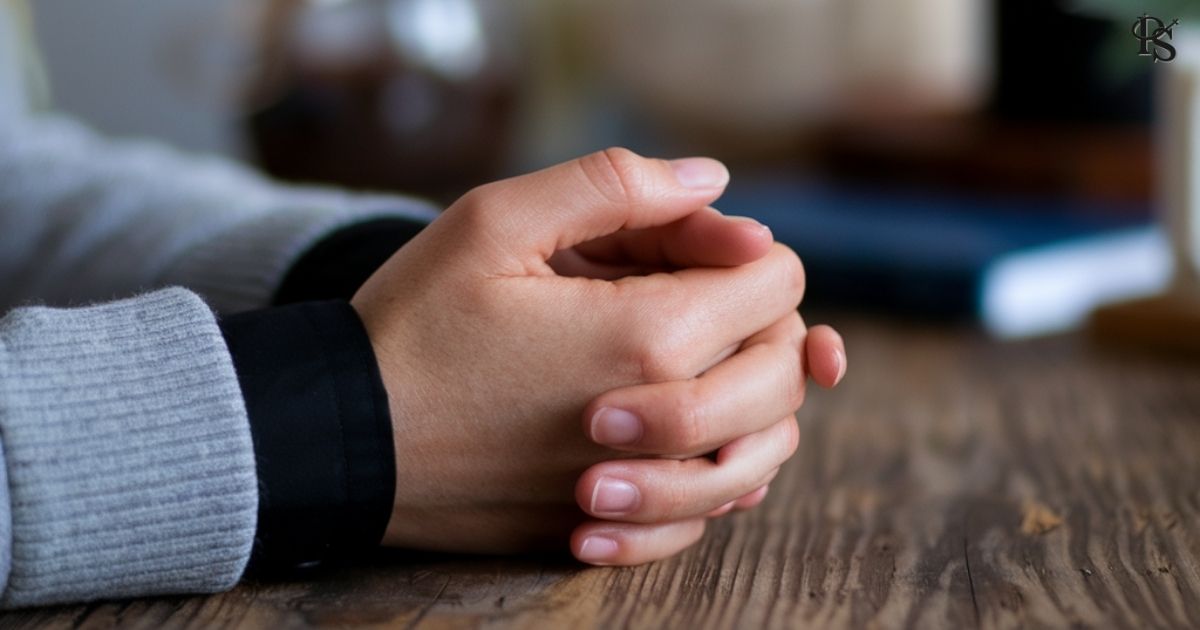In a world where digital communication reigns supreme, emojis have become our modern-day hieroglyphics, conveying emotions and sentiments in an instant. Among these symbols, the praying hands emoji stands out, representing not just a simple gesture but a profound expression of prayer, hope, and solidarity. Whether in moments of joy or sorrow, this powerful icon has found its way into our conversations, transforming how we connect with others.
Understanding the significance of the praying hands emoji is crucial in navigating our emoji-filled digital landscape. In this article, we will delve into the fascinating history of the folded hands emoji, explore its diverse applications, and examine its influence on our online interactions. Additionally, we will address the controversies and misinterpretations that can arise when using this beloved symbol, ensuring you grasp its true meaning in today’s digital dialogue.
History of the Prayers Hands Emoji
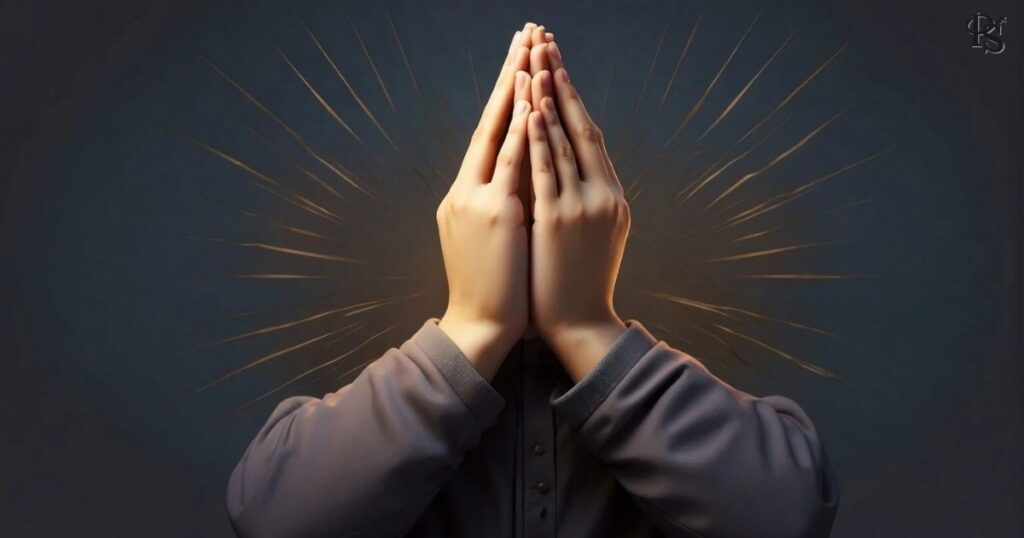
The prayers emoji, often referred to as the praying hands emoji, has its roots in ancient symbols of spirituality and reverence. Over the years, this gesture has evolved from a traditional representation of prayer into a significant icon in digital communication, capturing the essence of hope and support across various cultures.
Early Use
The praying hands emoji has roots that go back to ancient times. Many cultures have used the gesture of folded hands as a symbol of prayer and a gesture of reverence. In various religions, such as Christianity and Hinduism, people have held their hands together during prayer as a sign of respect and devotion.
Even ancient Egyptians depicted similar hand gestures in their art. These historical uses show how powerful and meaningful the praying hands emoji has been over time. The gesture transcends cultures and religions, signifying a deep-rooted understanding of spirituality and respect.
Adoption as an Emoji
The praying hands emoji made its way into our digital conversations in 2009 when it was added to the Unicode standard. This was a significant step in the world of emoji history. The first major platforms to adopt it were Apple devices with iOS 5. Since then, its popularity has exploded, particularly on social media.
Users began to employ the praying hands emoji to express their feelings more effectively, whether in a serious context or a lighthearted conversation. As the digital landscape grew, so did the reliance on emojis to convey emotion and intent, leading to the widespread adoption of this particular symbol.
Ambiguous Meaning
The praying hands emoji is not just about prayer Emoji anymore. Over time, it has taken on various meanings that can change depending on the context. Some people use it to show gratitude or to wish someone well. Others might interpret it as a high-five gesture, leading to confusion.
This ambiguous meaning highlights the need for contextual understanding when using emojis in digital conversations. Users often find themselves navigating a landscape where the same symbol can carry entirely different connotations, emphasizing the importance of context in communication.
Common Uses of the Prayer Emoji

The praying hands emoji serves as a versatile symbol in our daily conversations, encapsulating a range of sentiments from gratitude to hope. By understanding its various applications, we can enhance our digital interactions and convey our emotions more effectively.
Expressing Prayer and Hope
One of the primary uses of the praying hands emoji is to express prayer emoji and hope. When someone is facing a challenging situation, friends and family often send this emoji to show their support. It acts as a digital hug, conveying feelings that words sometimes cannot express. The prayer emoji serves as a reminder that people care and are thinking about one another.
This connection is crucial in maintaining relationships, especially in tough times. The ability to offer support and solidarity through a simple gesture can strengthen bonds, making the praying hands emoji an essential part of emotional communication in the digital era.
Conveying Well Wishes and Condolences
Another common use of the praying hands emoji is in conveying well-wishes and condolences. When someone is experiencing loss or hardship, the folded hands emoji becomes a way to offer comfort. For instance, a friend may send the emoji along with a heartfelt message to show they are there for the person.
This small gesture can mean a lot and help foster emotional connection during difficult moments. It allows individuals to express their sympathies and support without needing elaborate messages, making it an effective tool for emotional outreach in various situations.
Expressing Gratitude
The praying hands emoji also plays a significant role in expressing gratitude. People often use it to thank others for their support, kindness, or assistance. By sending the praying hands emoji, individuals can convey deep appreciation without needing many words.
It adds a personal touch, enhancing the emotional expression behind the message. This use of the emoji illustrates how digital communication can still carry warmth and sincerity, even in a fast-paced environment where face-to-face interactions are limited.
Emphasizing Sincerity
Using the praying hands emoji can emphasize sincerity in communication. In a world where messages can sometimes feel impersonal, the praying hands emoji adds warmth. It shows that the sender is genuinely concerned or thankful, creating a more meaningful interaction.
This use of the emoji highlights its power as a symbolic gesture in digital communication. It serves as a visual cue that reinforces the emotional weight behind a message, encouraging a more heartfelt response from the recipient.
Read More: 5 Powerful Prayers for Him (with 37 Uplifting “I Pray for Him” Quotes)
Impact of the Prayers Hands Emoji on Digital Communication
The praying hands emoji has significantly transformed how we express emotions and connect with others online. By enhancing non-verbal communication, it bridges gaps across cultures and fosters deeper emotional connections in our increasingly digital world.
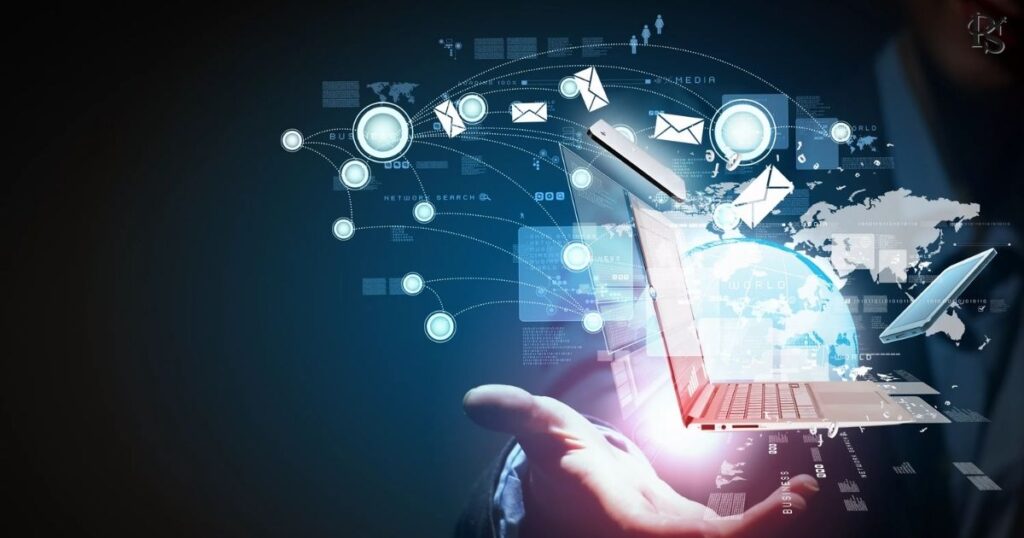
Non-Verbal Communication Enhancement
The praying hands emoji has significantly enhanced non-verbal communication in our digital conversations. It adds emotional depth to texts and messages, allowing people to express complex feelings quickly. Instead of typing a long message, one simple emoji can convey a world of meaning.
This ability to communicate non-verbally is crucial in our fast-paced, digital world. The praying hands emoji serves as a bridge between verbal and non-verbal communication, filling gaps that text alone might leave.
Cross-Cultural Understanding
The praying hands emoji has also improved cross-cultural understanding. It serves as a universal symbol that many cultures recognize, helping bridge gaps between different backgrounds. By using this emoji, individuals can express care and support without worrying about language barriers.
This shared understanding fosters community and connection in an increasingly diverse digital space. As more people from different cultures engage with one another online, the praying hands emoji acts as a common language, promoting unity and empathy.
Emotional Connection and Support
In many ways, the praying hands emoji helps build emotional connections and support. People often feel isolated in today’s digital world, but using this emoji can create a sense of belonging. It lets others know that they are not alone, even when physically apart.
This emotional support is vital for maintaining strong relationships and fostering positive interactions. The simple act of sending a praying hands emoji can reassure someone that they are cared for, reinforcing social bonds and encouraging open dialogue.
Evoking Positive Associations
The praying hands emoji evokes positive associations in digital communication. It reminds us of hope, compassion, and unity. When we see this emoji, we often feel a sense of comfort and encouragement.
This positivity is essential in our online interactions, as it can uplift someone’s mood or provide motivation. The psychological impact of receiving such supportive symbols can be profound, making the praying hands emoji a powerful tool for enhancing emotional well-being in digital spaces.
Digital Etiquette
While the praying hands emoji is widely accepted, understanding digital etiquette is still important. Using the praying hands emoji in the right context is crucial to avoid misunderstandings.
For example, it might not be appropriate to use it in a lighthearted or joking manner, as it may come across as insincere. Respecting the emotional weight this emoji carries can lead to more meaningful communication. By being mindful of how and when to use the praying hands emoji, individuals can foster more respectful and empathetic interactions online.
Controversies and Misinterpretations of the Prayers Emoji

Despite its widespread popularity, the praying hands emoji has sparked debates and confusion regarding its use and meaning. Many people misunderstand its context, leading to potential cultural insensitivity and varied interpretations that can dilute its original intent.
Non-Religious Context
One controversy surrounding the praying hands emoji is its use in non-religious contexts. While many people use it to signify prayer emoji, others might find its use inappropriate in certain situations. Some individuals may feel that the praying hands emoji should only be reserved for genuine expressions of faith.
This differing view can lead to disagreements about its meaning and significance. As users navigate this complex digital landscape, understanding these varying perspectives becomes crucial for effective communication.
Superficial Expression
Another concern is that the praying hands emoji can sometimes be seen as a superficial expression of support. People may feel that sending the praying hands emoji without a thoughtful message can come off as empty or insincere.
This critique highlights the importance of combining emojis with genuine sentiments to create meaningful interactions. By using the praying hands emoji thoughtfully, individuals can enhance their messages rather than diminish their emotional weight.
Cultural Insensitivity
Cultural insensitivity is another potential issue with the praying hands emoji. Using it without understanding its significance in specific cultures may offend some individuals. For example, sending the praying hands emoji to someone from a culture where it holds different connotations can lead to misunderstandings.
Being aware of these cultural differences is essential to ensure respectful and sensitive communication. Engaging in open conversations about cultural meanings can help users navigate these complexities and promote greater understanding.
Recommendations for Avoiding Misinterpretations
To use the praying hands emoji effectively, individuals should consider a few guidelines. First, it is vital to pair the praying hands emoji with a clear message. This combination provides context and helps prevent misunderstandings. Second, being aware of cultural sensitivities is crucial.
Before sending the praying hands emoji, think about how it may be perceived in different cultures. Finally, consider using alternative expressions if unsure of the emoji’s appropriateness in a given situation. By following these recommendations, individuals can navigate the complexities of emoji communication more effectively.
FAQ’s
What does the praying hands emoji symbolize?
The praying hands emoji symbolizes prayer emoji, hope, and support. People often use it to express their thoughts and feelings, especially in challenging situations.
Is the prayers emoji used only for religious purposes?
No, the praying hands emoji is used in both religious and secular contexts. It can convey gratitude, well-wishes, and emotional support, making it versatile in communication.
Can the prayers emoji be misunderstood?
Yes, the praying hands emoji can be misinterpreted, especially when used in non-religious contexts. Understanding its contextual meaning is essential to avoid confusion.
How can I use the prayers emoji appropriately?
To use the praying hands emoji effectively, pair it with a thoughtful message, be aware of cultural sensitivities, and consider the context in which you’re using it.
What are some alternatives to the praying hands emoji?
Alternatives to the praying hands emoji include the heart emoji, the folded paper crane emoji, or other symbols of support and compassion, depending on the sentiment you wish to convey.
Conclusion
In conclusion, the praying hands emoji serves as a powerful symbol in our digital communication, conveying sentiments of prayer emoji, hope, and support. As we navigate the complex landscape of emoji usage, understanding its history and significance becomes increasingly important. While this folded hands emoji can foster emotional connections and enhance non-verbal communication, it is essential to remain mindful of its potential for misinterpretation and cultural insensitivity.
By approaching the use of this symbol of prayer with care and awareness, we can continue to express our feelings sincerely while honoring the diverse contexts in which it appears. Ultimately, the prayer emoji helps bridge gaps between individuals, reminding us that even in a digital world, our hearts and intentions remain open to one another.
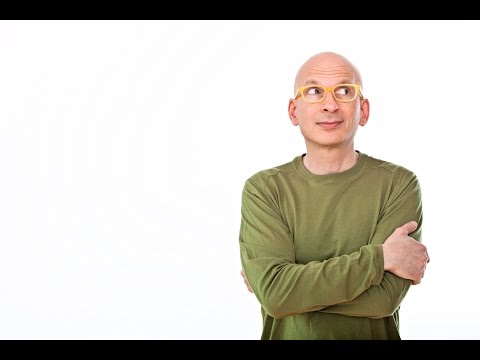
With five years of experience as a website content creator, I focus on crafting impactful, SEO-driven content that captivates readers and enhances brand visibility. My approach blends creativity with strategy, ensuring every piece of content not only informs but also drives engagement and conversions. I’m passionate about using words to tell stories that connect with audiences, bringing value to both businesses and their customers through high-quality, optimized content.
